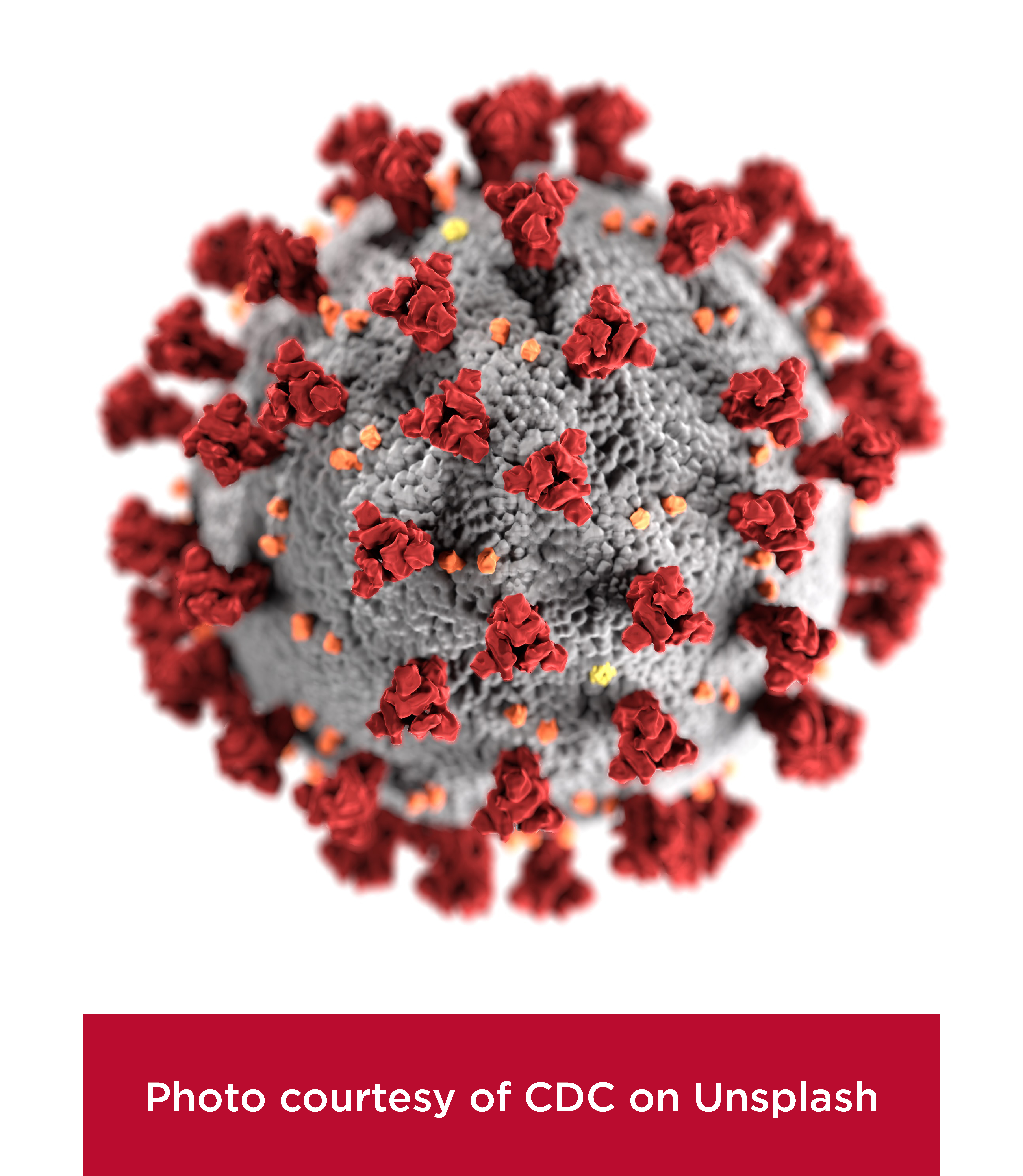Computational modeling unveils dynamics of SARS-CoV-2 infection
By Mariah Rosales
A team of researchers led by University of New Mexico Computer Science Professor Melanie Moses has developed a groundbreaking computational model called Spatial Immune Model of Coronavirus (SIMCoV), which offers invaluable insights into the spatial-temporal dynamics of viral spread and immune response within the human lungs.
In the ongoing battle against severe acute respiratory syndrome coronavirus 2 (SARS-CoV-2) infection, it is crucial to understand the factors contributing to the significant variations in viral loads and patient outcomes. Although certain risk factors such as age, underlying health conditions, and immune response characteristics have been linked to severe COVID-19 disease, the underlying reasons behind the stark differences in viral loads among individuals remain elusive.

Understanding how viruses spread is very important from a public health perspective. Some viruses initially spread in the lungs and can cause severe disease. Certain viruses can also move through indoor air spaces, spreading among people. Moses says, “We hope that future research will enable us to understand what features of respiratory viruses like COVID, influenza, and Hantavirus are likely to be widespread.” SIMCoV spatial modeling can guide future public health strategies that aim to stop the spread of future COVID variants and other respiratory diseases.
SIMCoV simulations have yielded crucial findings that shed light on the relationship between viral loads and various factors. The model demonstrates that the number of initial sites of infection has a direct impact on the peak viral load. Patients with multiple initial infection sites tend to experience higher viral loads compared to those with fewer sites. This insight highlights the importance of reducing virus transmission through the air, both by cleaning the air inside buildings with HEPA filtration and ensuring adequate exchange with outside air per updated CDC guidelines. It also emphasizes the importance of wearing masks, particularly during periods of widespread transmission and when in crowded places with poor ventilation.
Recent enhancements to the SIMCoV model incorporate the branching airway structure of the lungs. By explicitly representing this spatial aspect, researchers have gained valuable insight into how the virus spreads within the lung environment. In 2021, Moses and her research team found that viral spread occurs faster than in a two-dimensional layer of lung cells, suggesting that the intricate three-dimensional structure of the lungs facilitates the dissemination of the virus. However, it is noteworthy that the virus spreads much more slowly inside the body than predicted by traditional mathematical models based on differential equations. These findings demonstrate the importance of incorporating spatial considerations in computational models to obtain a comprehensive understanding of the within-host dynamics of SARS-CoV-2 infectionSIMCoV represents a significant breakthrough in understanding the spatial-temporal dynamics of SARS-CoV-2 infection. SIMCoV highlights the impact of initial infection sites and the timing of the T cell response, while also emphasizing the role of spatial considerations in the spread of the virus within the lungs.
The model and computational experiments were developed by a team of collaborators including UNM graduate and undergraduate students in the Moses Biological Computation Lab, Judy Cannon’s lab at the HSC, and external collaborators at Lawrence Berkeley Lab and Arizona State University.
“It’s been great collaborating with computer scientists and biomedical researchers at UNM and across the country to develop this platform. It has enabled us to understand and visualize how viruses spread.” says Moses.
The SIMCoV team is currently engaged in research that involves modeling the response of various arms of the immune system to SARS-CoV-2 infection.
The Center for Advanced Research Computing contributes to these efforts by providing the high-performance computing resources that are needed for this research. By utilizing CARC resources, researchers are gaining valuable insights into the mechanisms by which vaccines provide protection against severe disease and how emerging variants of the virus may exhibit different patterns of spread. Moses notes, “It would not have been possible to run SIMCoV without the computational resources and high-performance computing expertise at CARC.”
The SIMCoV model's ability to simulate the behavior of lung cells and immune cells provides a unique platform for studying the dynamics of SARS-CoV-2 infection. This research has direct implications for the clinical management of COVID-19 patients. UNM's healthcare professionals can leverage the insights gained from SIMCoV to optimize treatment protocols, predict disease progression, and identify potential therapeutic targets. This research can enhance the quality of care provided by UNM's medical facilities and contribute to better patient outcomes.
The utilization of SIMCoV at the University of New Mexico carries significant implications for the institution and its stakeholders. This research provides invaluable insights into the dynamics of SARS-CoV-2 infection, enabling UNM to inform public health strategies, shape clinical interventions, foster interdisciplinary collaboration, enhance educational opportunities, and contribute to regional and global efforts in combating the COVID-19 pandemic.
This research is of paramount importance to the university community, providing valuable knowledge and fostering interdisciplinary collaborations that will help combat the ongoing global threat of COVID-19 and to prepare for future respiratory pandemics.
